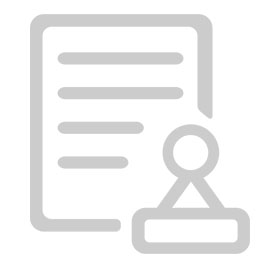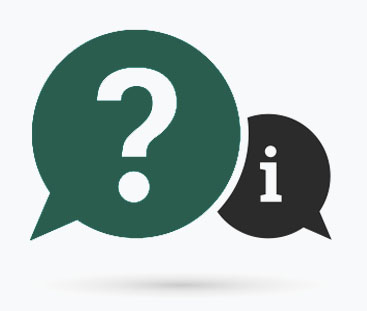Disciplined Agile (DA) is an agnostic, comprehensive library of strategies and practices, with practical guidance to help people, teams, and organizations to make process-decisions in a context-sensitive manner.
DA teaches how to effectively combine strategies from Scrum, Agile Modeling, Extreme Programming, Kanban, Agile Data, SAFe, and many other Agile frameworks in a way that can be tailored and scaled.
The DA toolkit leverages the experiences of thousands of teams who have already struggled through the very issues that our teams currently face. By referencing these strategies, you can accelerate your journey to project delivery success.
Duration
2 Days
Fees









